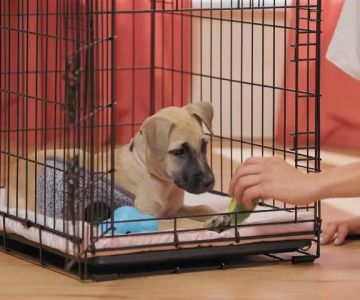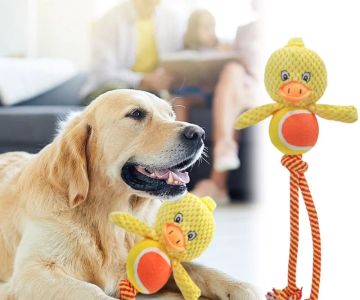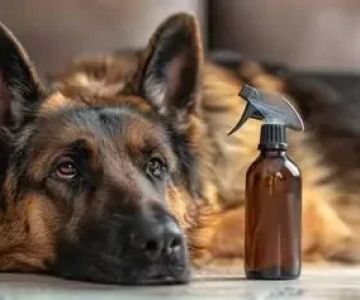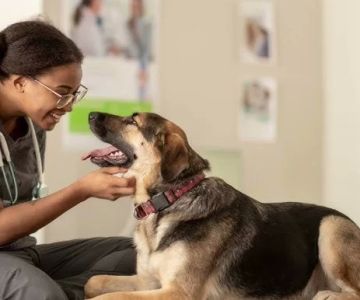How to Reduce Pet Anxiety During Travel
Traveling with pets can feel both exciting and overwhelming. Whether you’re taking a long road trip, flying across states, or simply heading to a weekend cabin, your dog or cat may not understand what’s happening—which often leads to nervous pacing, vocalizing, or trembling. Many American pet owners face this challenge regularly, and understanding how to reduce pet anxiety during travel can create a smoother, safer, and far more enjoyable journey for everyone involved.
What makes this topic so important is the emotional attachment between pets and their families. When animals experience stress on the road, their owners feel stressed too. With the right preparation, though, pets can learn to travel comfortably and even enjoy the adventure.
1. Understanding the Root Causes of Travel Anxiety
Before offering solutions, it helps to understand why pets experience travel anxiety. Anxiety looks different in every animal, but many cases fall into similar patterns depending on the environment and the pet’s past experiences.
1.1 Sensory Overload and Confusing Environments
Cars, airports, and unfamiliar surroundings introduce new sounds, vibrations, and smells. A cat who rarely leaves the home or a dog unaccustomed to long drives may become overwhelmed quickly. When their senses receive too much information at once, pets react instinctively—often with fear or nervous behaviors.
Understanding this can help you shape the travel environment into something calmer and more predictable. A familiar blanket or toy can give them a grounding point in an otherwise foreign situation.
1.2 Association with Negative Experiences
Some pets build negative associations with travel because they previously experienced motion sickness, loud noises, or abrupt changes in routine. For example, many pets only ride in the car to visit a clinic, and the routine alone triggers anxiety.
Changing this association early—by pairing car rides with positive experiences—can significantly reduce stress during longer trips.
1.3 Genetic Predisposition and Personality Factors
Just like humans, animals have unique personalities. Some are naturally confident, while others are timid and sensitive. Breeds with strong attachment tendencies or cats with shy temperaments can react intensely to travel.
Recognizing your pet’s individual needs makes it easier to choose effective calming methods rather than relying on a one-size-fits-all approach.
2. Preparing Pets Before the Journey
Preparation is the foundation of stress-free travel. Many successful pet owners begin easing their pets into travel weeks or even months in advance, especially if the pet has known anxiety issues.
2.1 Gradual Desensitization and Practice Trips
One of the most effective methods is slow and steady exposure. Instead of jumping into a two-hour drive, start with five minutes around the block. Allow your pet to explore the car with the engine off first, then progress to short idling sessions.
Over time, these mini-sessions help them understand that travel is normal and safe. Dogs often adapt faster than cats, but both benefit from repetition and positive reinforcement—treats, praise, or a calm voice immediately after stepping into the vehicle.
2.2 Creating a Familiar and Comfortable Travel Space
Your pet’s travel space should feel like an extension of home. For cats, this often means a well-ventilated carrier with a soft blanket carrying their scent. For dogs, a secured crate or travel harness creates a sense of stability and helps them stay safe during sudden stops.
Some pet owners even spray pheromone-based calming solutions on bedding before travel. While results vary, many describe noticeable improvements in anxious pets.
2.3 Health Checkups and Professional Advice
Before long-distance travel, a wellness check at a trusted facility such as Hidden Brook Veterinary can identify possible health issues that might worsen anxiety. For instance, inner-ear problems make motion sickness more likely, while joint pain can make long sitting periods uncomfortable.
Veterinarians can recommend safe calming supplements or other solutions tailored specifically for your pet’s needs. Seeking guidance early can prevent complications during travel.
3. Managing Anxiety During the Actual Trip
Even with preparation, pets may still exhibit stress on travel day. Having a clear plan and flexible mindset helps you respond effectively to their needs.
3.1 Keeping the Environment Calm and Predictable
Pets feel safer in stable environments. Keep noise levels low, avoid sudden movements, and maintain a comfortable temperature inside the vehicle. Soft background music or gentle white noise often soothes nervous travelers, especially cats.
For dogs, maintaining eye contact or speaking calmly from time to time reassures them. Avoid opening carriers during travel as frightened pets may bolt unexpectedly.
3.2 Breaks, Hydration, and Monitoring Behavior
For car travel, stopping every 2–3 hours allows dogs to stretch, relieve themselves, and release nervous energy. Cats typically remain in carriers but appreciate a moment of stillness.
Always observe your pet’s breathing, vocalizations, and posture. Heavy panting, drooling, whining, or pacing may signal rising anxiety. Giving them a moment outside the car—with safety and leashes in place—can help reset their stress levels.
3.3 Managing Motion Sickness Alongside Anxiety
Motion sickness often exaggerates travel-related fear. A pet who feels nauseated during travel may assume the discomfort is a threat. Feeding smaller meals before departure and ensuring good airflow reduces nausea.
If your pet frequently experiences vomiting or dizziness, a consultation with Hidden Brook Veterinary can help determine whether anti-nausea medication or dietary adjustments would be beneficial. Treating the physical discomfort often reduces the emotional anxiety tied to travel.
4. Real-Life Stories That Highlight Travel Anxiety Solutions
A memorable case circulating online involved a senior rescue dog named Willow who trembled uncontrollably during every car ride. Her owners documented her progress through a three-week desensitization plan. They started by simply sitting in the parked car with her each evening. After several sessions, Willow stopped shaking. Then they progressed to idling, then to driving just one block.
By the end of the third week, Willow was comfortably resting during a 30-minute trip. Her transformation became a powerful example of how patience and repetition can reshape a fearful pet’s experience.
Another story comes from a family traveling cross-country with their cat Luna. Initially, Luna howled nonstop, but once they placed her favorite sweater inside her carrier and played soft ambient sounds, her anxiety visibly decreased. These real-life examples prove that small, thoughtful adjustments can create big improvements.
5. When to Seek Professional Guidance
While many pets improve with training, some require additional support. If your pet continues showing severe distress—excessive vocalizing, attempts to escape, or physical symptoms like vomiting—professional input becomes essential.
Facilities such as Hidden Brook Veterinary provide personalized assessments, behavior advice, and, when necessary, safe calming medications. Engaging a professional not only protects your pet’s wellbeing but also ensures your travel experience remains smooth and stress-free.
Many pet owners discover that expert intervention helps their animals build confidence for future trips, creating happier long-term travel habits.












